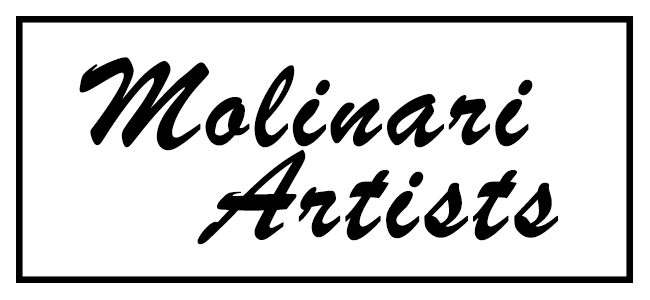Famous Artists with Mental Illness
Deana Molinari for JZM

Vincent Van Gogh’s life was complicated by mental illness. Some think his depression was bipolar. He reported hallucinations, epilepsy symptoms and the inability to understand his surroundings. He was unable to sell his fabulous art and committed suicide in 1890 at the age of 37.
The story of mental illness is common among artists of all types. Musicians, writers, composers, painters have suffered from various types of depression and schizophrenia. They are not the only ones to feel the tension between creativity and logic. Scientists also experience the pain.
A study in 2012 followed 1.2 million patients and their relatives. The researchers discovered that bipolar individuals with artistic and scientific professions like dancers, photographers, researchers, and authors faced anxiety, substance abuse, schizophrenia, and depression more often than the general public. This is not a cause and effect relationship. I wonder if creativity is a self-care choice for mental illness. Artists understand that there is no right or wrong in art and so accept diversity in themselves and others. Exploration and self-expression are basic to the artist’s life as is the longing for acceptance.
Creative professions are more common in the relatives of patients with schizophrenia, bipolar disorder, anorexia nervosa and, to some extent, autism.
Career choices that demand firm perspectives engineering, accounting, research, etc. are less likely to give individuals with mental challenges the freedom to be who they are. Even the art world has trouble accepting diversity. For instance, an individual wishing to sell art is challenged because business needs black and white thinkers. Without supportive systems for creativity, the artist becomes dependent on people who do not understand how their brains work. Medicine often requires a black and white view of how to treat mental illness. Recent research suggests treatment choices should consider that some behaviors and viewpoints are actually beneficial for the patient. Asking the patient what to treat first is suggested as a better approach to treatment. Obsessive compulsive behaviors may help an individual with hallucinations learn to manage the psychosis. Once controlled, other issues may be considered for treatment.
Scientists have a great need for creativity as well. The creation of an experiment requires a lot of lateral thinking (creativity). Since many mental illnesses are comforted by obsessive compulsive thinking and behavior, one can see how individuals might choose science for their self-care. The creative phase may be supported by the obsessive-compulsive urges during the data gathering phase.
Writers were found to be 50 percent more likely to commit suicide than the population at large. One need only look at the desire for creativity to express themselves to see why. Publishing is an exact and painful endeavor. Writers long for approval as measured by publication. A “rejection” causes severe pain. Lessons are given to authors about how to manage rejections. Unfortunately, they are part of the traditional business practice. Authors search for others who were rejected numerous times. They hope their own story will copy the famous authors who kept trying to succeed.
Please accept our list of some famous artists that struggled with mental illness. They were strong individuals who had to rely on self-care strategies. Alcoholism, drug addiction, and art were often used to find peace. When these didn’t solve the issues they turned to more destructive solutions.
Please sign up for free information at info@molinariart.com
Reference:
Kyaga S, Landén M, Boman M, Hultman C, Långström N, Lichtenstein P. Mental illness, suicide and creativity: 40-year prospective total population study. Journal Psychiatric Research. 2013 Jan;47(1):83-90
